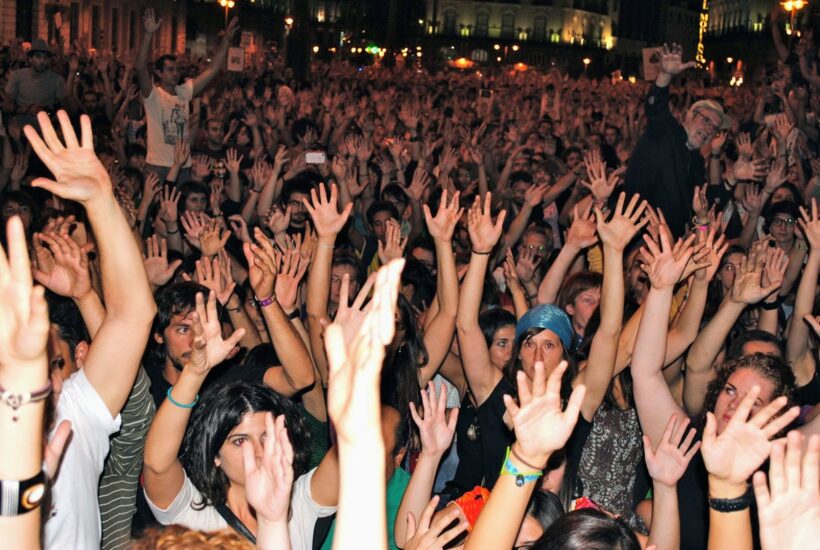The Indignados movement, which began in Spain in 2011, is widely recognized as a grassroots response to economic inequality, political corruption, and social injustice. Also known as the 15-M Movement—after the initial protests on May 15, 2011—it captured international attention and inspired similar uprisings worldwide. Today, October 15, marks the anniversary of the movement’s global protests, during which peaceful demonstrations were held in over 650 cities across 80 countries, highlighting the collective demand for systemic change.
The movement emerged at a time when Spain was grappling with the aftermath of the 2008 financial crisis. Unemployment, austerity measures, and disenfranchisement of the younger population triggered a wave of dissatisfaction. Organized largely through social media, the protests began with people occupying public squares, most famously in Madrid’s Puerta del Sol, where thousands gathered in peaceful assemblies to discuss their grievances and propose alternatives to the status quo.
The key demands of the Indignados included an end to political corruption, greater transparency, protection of social rights, and a shift away from neoliberal economic policies that had exacerbated inequality. The slogan “No somos mercancía en manos de políticos y banqueros” (“We are not goods in the hands of politicians and bankers”) encapsulated the widespread frustration felt by many.
What set the Indignados movement apart was its decentralized and nonviolent approach, relying heavily on consensus-based decision-making and horizontal leadership structures. It was not associated with any political party, though it inspired several new movements, including the rise of Podemos, a Spanish political party that later played a significant role in Spanish politics.
The October 15 global protests represented a pivotal moment in the movement’s expansion. It became clear that the issues raised by the Indignados resonated far beyond Spain, touching on universal themes of economic inequality and disenfranchisement. This day saw protests in cities from New York to Tokyo, London to Buenos Aires, calling for global solidarity and justice.
In retrospect, the Indignados movement is seen as part of a broader wave of global uprisings in 2011, which included Occupy Wall Street in the U.S., the Arab Spring in the Middle East, and other anti-austerity protests across Europe. While the immediate outcomes of these movements varied, their long-term impact can still be felt in contemporary social justice movements, as they helped lay the groundwork for ongoing debates about the need for systemic change in our political and economic systems.
For an international audience, the Indignados movement serves as a reminder of the power of peaceful, grassroots activism and its potential to challenge entrenched systems of power on a global scale.










